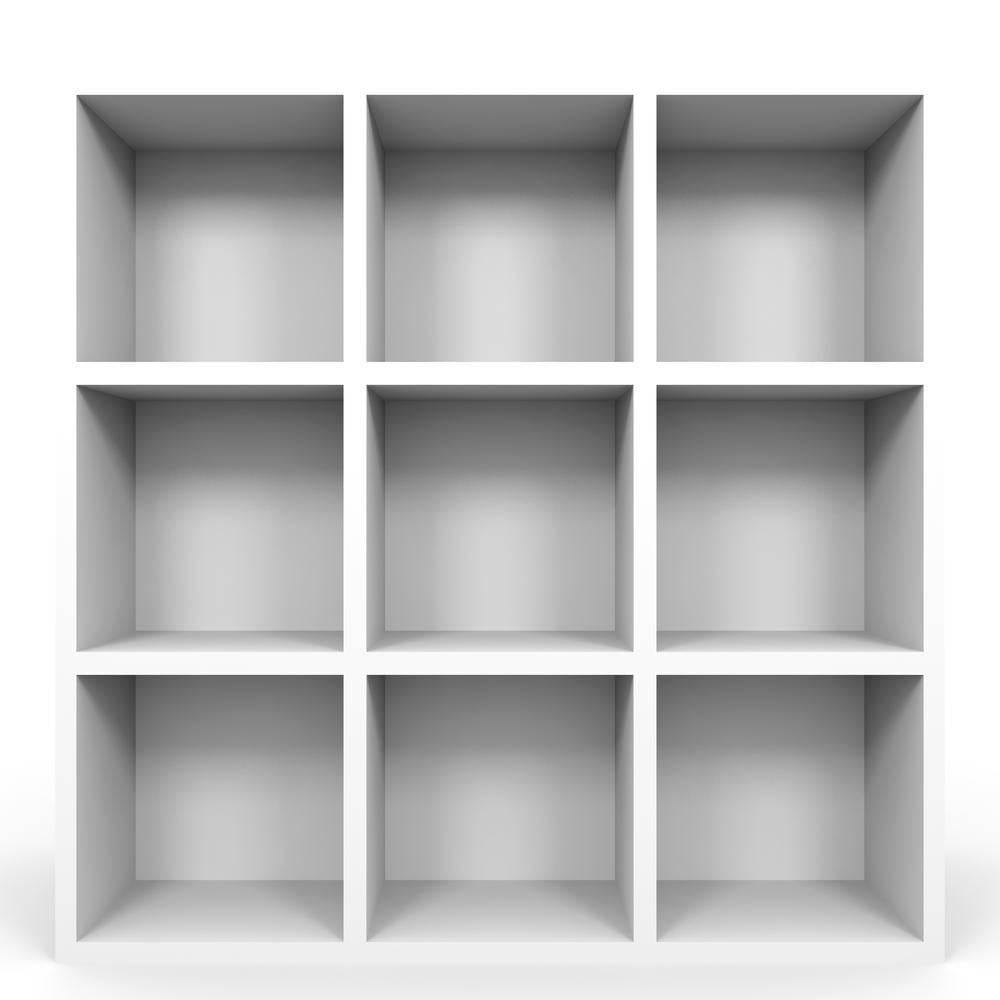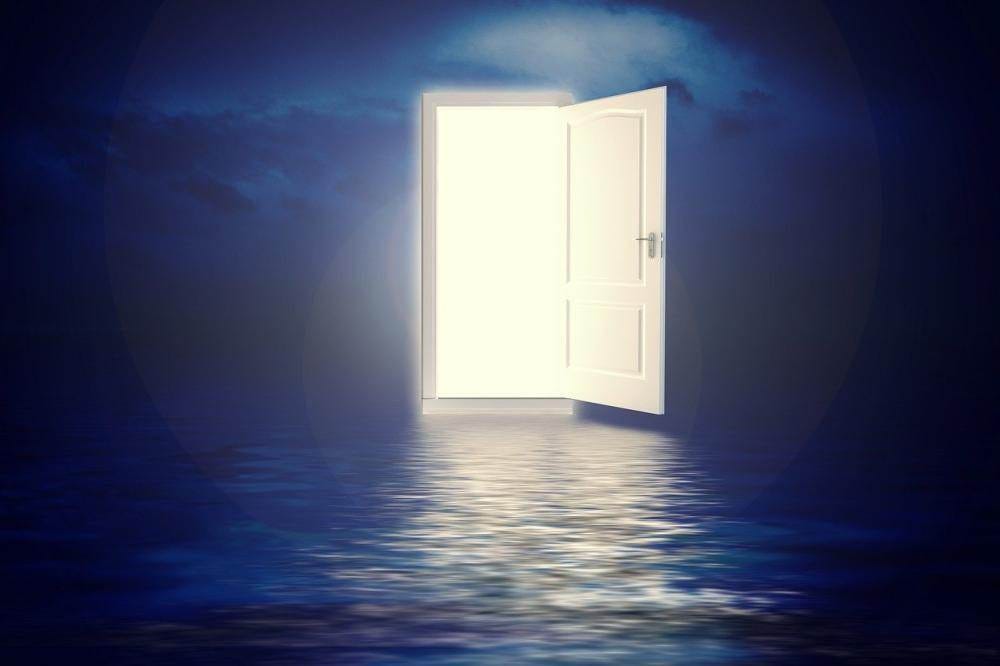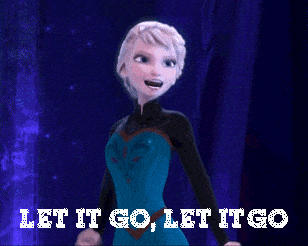When Should You Shelve a game? 8 Questions To Ask Yourself
Whether the last few playtests have been discouraging or it just feels like the game's not working the way you want it to, you're probably wondering if it's time to shelve a game. Take heart - almost anyone that's been designing games for a little while has a shelved game or three.
Shelving a game usually means putting it away and working on other games. This might be a permanent thing or an 'I'll return to this one sometime' sort of thing - but either way, it might be time to give it a break.
Why would I shelve a game?
My most common reason for shelving a game if I don't see it going anywhere or when publisher feedback indicates it's unlikely to be signed. Becoming aware of another game that very similar is usually a sign it'll be reworking or shelving.
Several other reasons from my own personal experience:
It's not as good as I want it to be
I'm out of ideas to make it better
I've gotten tired of that idea
I can't get the core loop to do what I want it to do
I feel like the idea worked better in my head than it has on the table
I feel like it's lost momentum / excitement
I want to use the components for something else
I'm onto some other game that feels more promising
I haven't found the hook / unique element
I'm not sure how I'd make a physical prototype
I've pitched it a lot and haven't gotten anywhere with it
The 8 questions to ask before shelving a game
When was the last time I playtested it?
When was the last time I worked on it in some meaningful way?
Am I excited to play it (or work on it) when I open the file / box / bag?
Have playtesters seemed interested / excited to try it out?
Have I already tried changing the theme, the mechanics, the components, etc.?
Is it worth making it bigger, smaller, or coming at it from some other angle?
Does the game feel broken in some way?
Why do I want to shelve it?
Shelve it for awhile...
Shelved games are like winter clothes when winter's over: something to put away for awhile and return to, not a thing to get rid of completely. Sometimes a game just needs to sit for awhile, out of sight and out of mind.
Physically speaking, shelved games can be organized any number of ways on your shelf. Maybe they're separate from the other games you're working on, or maybe they're sitting alongside them. You might want to put a note in the box or bag to return to this game on some specific date in the future. Maybe that date is added into your calendar to help you remember to open it up then, like a time capsule.
Personally, I'll print out a list of the games, stick it in my calendar to re-explore six months or so from now, then feel a bit lighter. I can now focus on the other games still on the 'active' list.
Shelved games can and should come back out once in awhile. Whether you literally take a physical prototype out of wherever you stashed it or open up the rules / design files, take a fresh look at whatever you shelved months or years ago. As shiny as new ideas and concepts can feel, it's incredibly rewarding to see a shelved game get new life.
Shelved games often have parts you can break out and use elsewhere - themes, mechanics, systems, phase / turn structures, etc. Borrow from yourself wherever you can - wherever games were when they were shelved can still present you with lots of things that can be used in other games.
...put it on standby...
This is like shelving, but when I put a game on standby, I intend to return to it. There are just other games I need or want to work on first.
...or dismantle it forever.
Forever's a long time, of course. I'd only do this if you've unshelved the game before, given it a solid effort, and decided it wasn't worth pursuing. Dismantling a game means I'll be taking the cards out of the sleeves, putting the pieces back in their drawers, and throwing away the printed parts. It's pretty rare for a dismantled game to come back to life, personally.
This is the part where I'll remind you to ensure your rules and notes are backed up and up to date before dismantling the prototype altogether - Google Docs or Word documents don't take up any (physical) space, after all.
How to resurrect a shelved game
Resurrecting a shelved game means getting it back to the table and rediscovering it. Your attitude / mindset here is important, and the goal here is to get the game back in your head. If it's been awhile, this might take awhile. Get back on the game design journey you already know - we're not aiming for perfection here.
Start by opening the box and giving it a self-playtest. Grab the components or make up new cards as you need to in order to make it playable. You'll probably quickly remember what was wrong or didn't work, but hopefully you've grown as a game designer and can evaluate the thing a bit more objectively. It's been awhile, and it probably won't feel like 'your baby' any more. If there was any emotional attachment to it, it's probably passed on by now.
Push through to the completion of the game, or at least some mid-point to help you remember the core loop. Open up your notes app or take out a new sheet of paper. Add three sections: what's working, what's improvable, and what needs scrapping. If you're the color coding sort, these could be green, yellow, and red, respectively. Write down the rules, mechanics, or themes that fit these three categories.
It might be time for some 'What If' questions.
It's time to play with scenarios and thought processes. Imagine how you might engineer some solutions based on the questions below:
What if the 'who' changed'?
What if the 'when' and 'where' changed'?
(Repeat with 'why', 'what', and 'how' as you like.)
What if you change the theme / the core loop / the mechanic / the hook or unique elements?
What if you completely took out a specific system, or added a system from another game in?
What if you had to put it in a smaller box?
Elsa had the right idea
Over to you
When have you shelved a game, and why? What do you do to unshelve a game? Comments are open.





